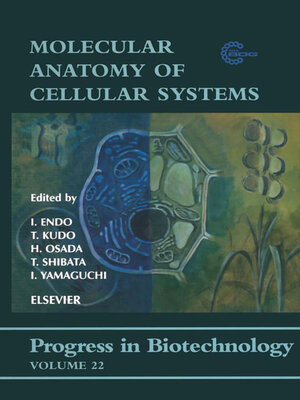
Sign up to save your library
With an OverDrive account, you can save your favorite libraries for at-a-glance information about availability. Find out more about OverDrive accounts.
Find this title in Libby, the library reading app by OverDrive.



Search for a digital library with this title
Title found at these libraries:
| Library Name | Distance |
|---|---|
| Loading... |
In this book, the progress during the last ten years is reviewed and future plans outlined to realize and establish the concept of design in the biological sciences. Design is a leading concept as well as the principal motivation for the creation of artificial systems. A successful design generally requires that the structures and functions of the elements that constitute the system as well as the principles that determine how the elements cooperate together to create function be fully understood. These requirements have not been satisfied within the fields of biotechnology and medicine. Compared to the recent emergence of artificial systems, living organisms acquired their present day structures and functions through evolution over three to four billion years. Despite the fact that the design of living organisms is recorded in the DNA sequence, our understanding of the structures and functions of the elements that constitute living organisms is very limited. To fulfill the requirements, the following approaches were initiated under a ten-year project entitled "Biodesign Research". Firstly, we tried to isolate and characterize the functional elements that constitute the organelles of various organisms. Secondly, we tried to reconstitute systems that reproduce biological functions in vitro from individual elements in order to understand how the elements cooperate together to yield a function. Thirdly, we attempted to resolve biological structures at various resolutions ranging from the atomic to the cellular level to further our knowledge about the fundamental principles that various functions at the molecular level and to design artificial systems.







